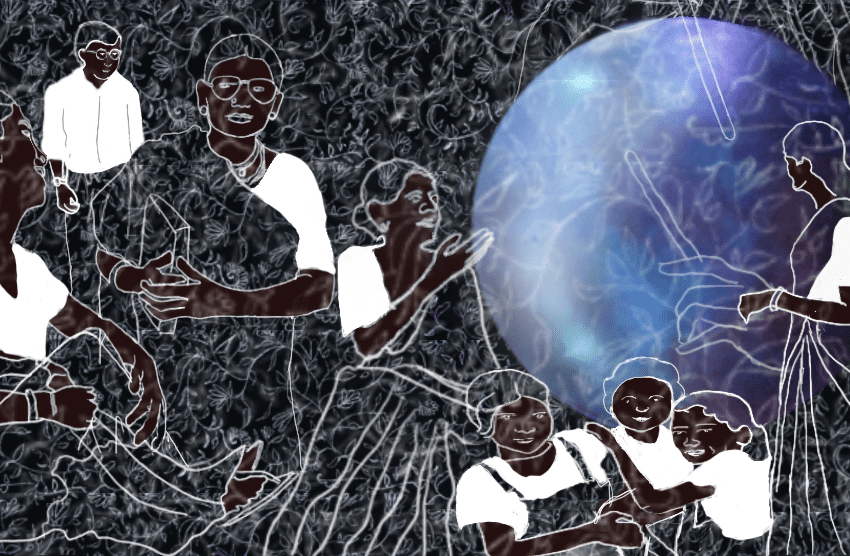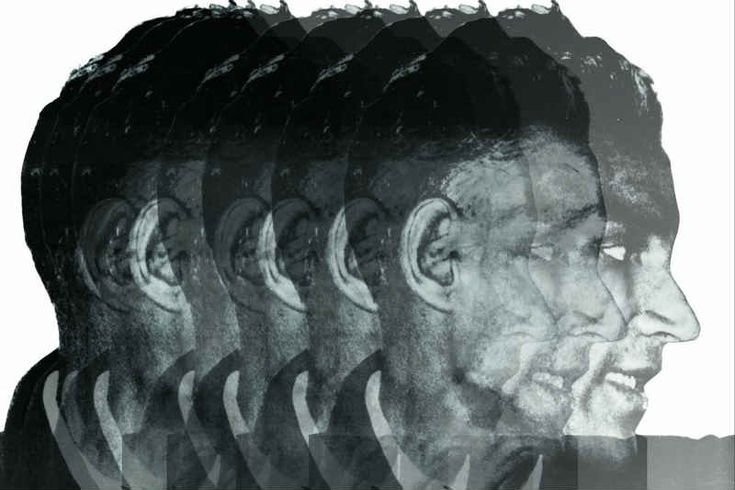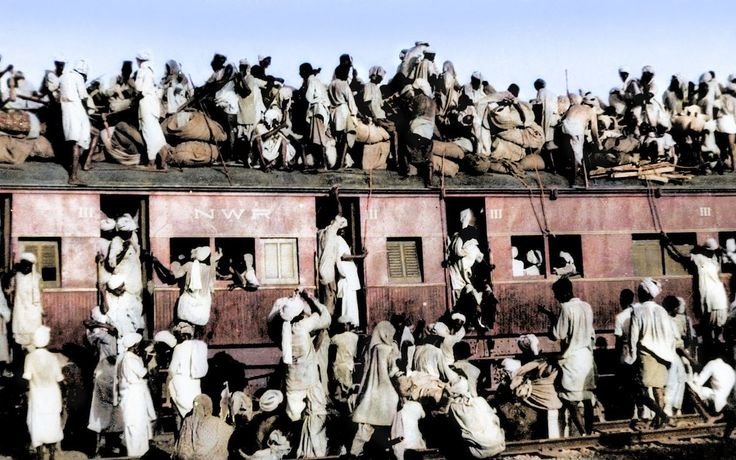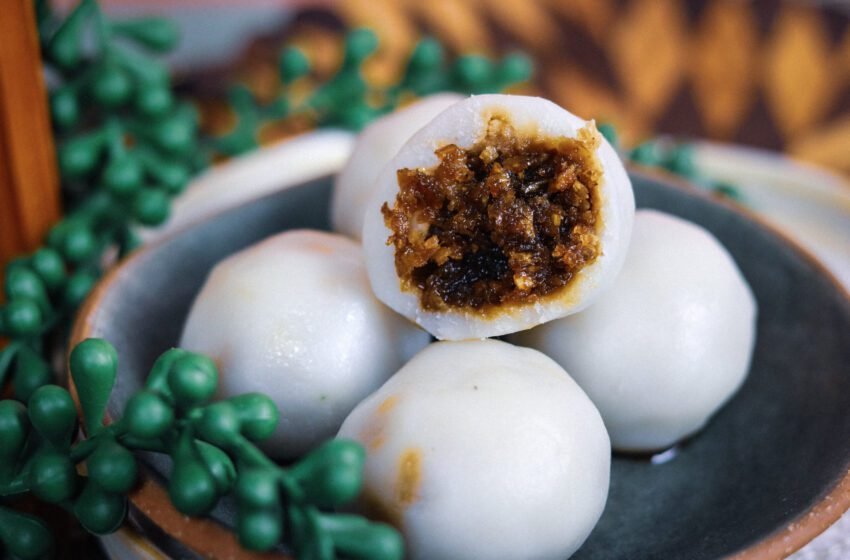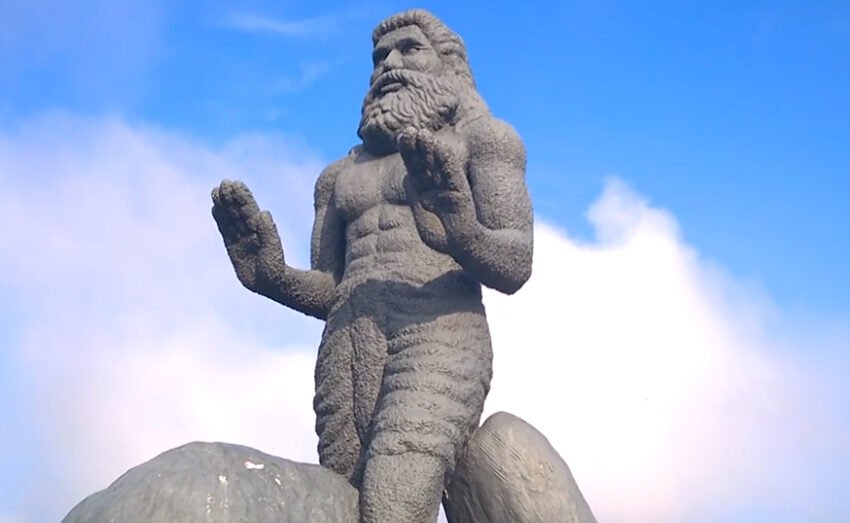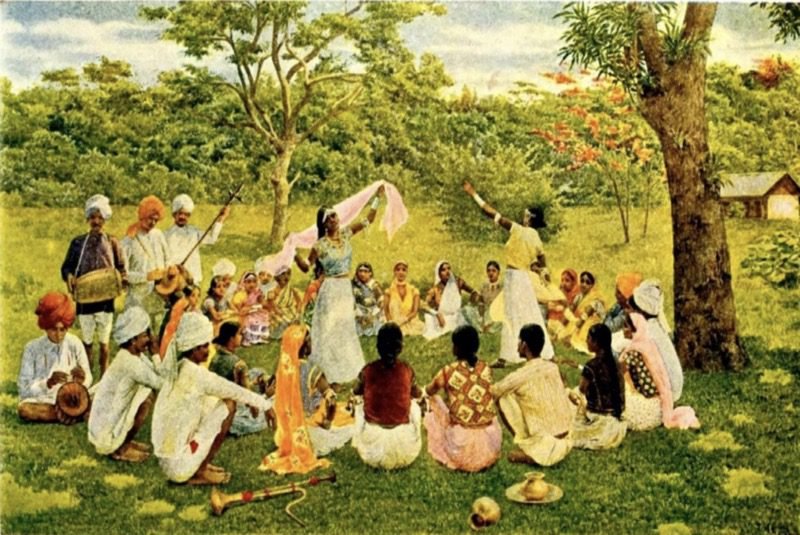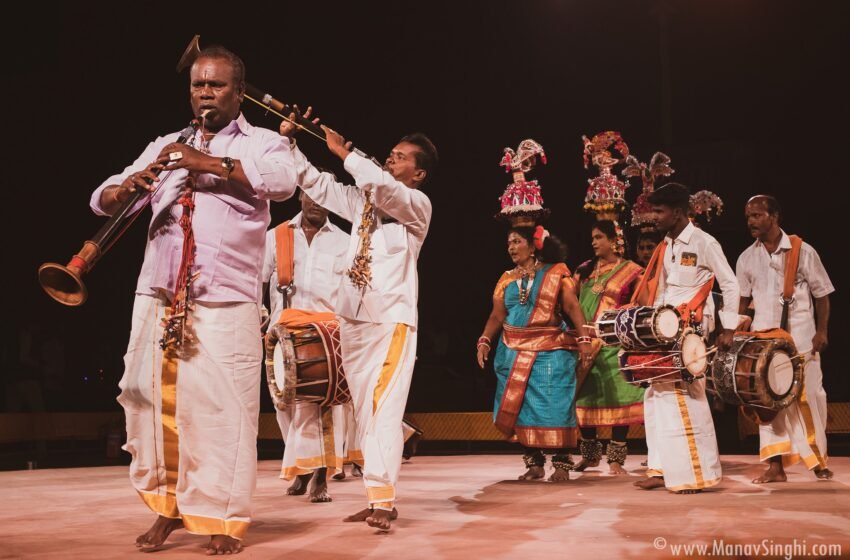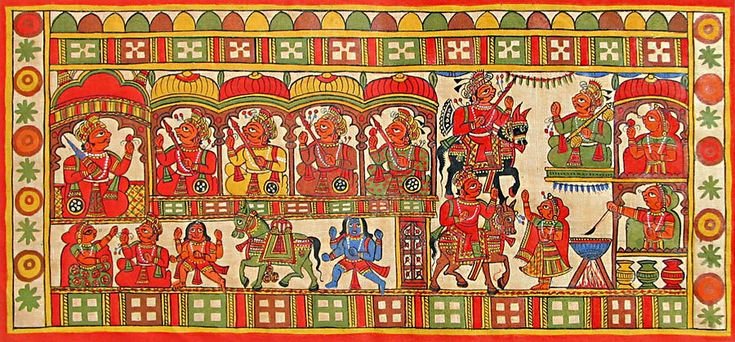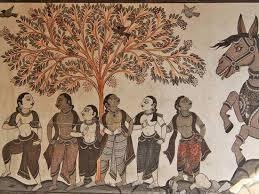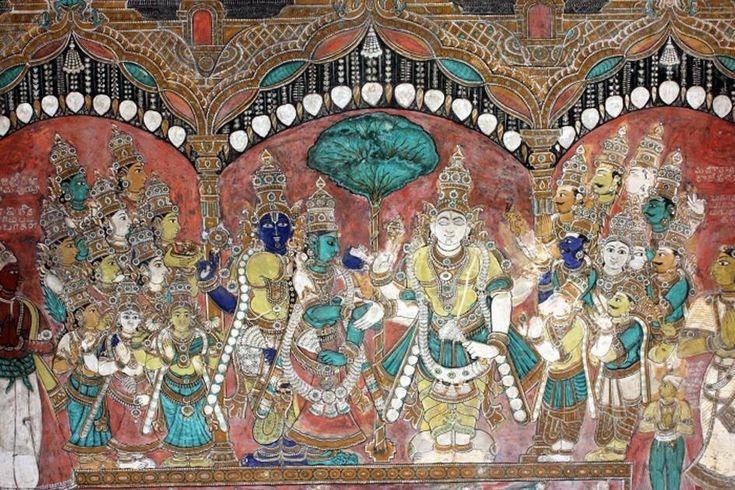Dalit literature has emerged as a crucial space for articulating the historical injustices and contemporary struggles of Dalit communities in India. Rooted in the lived experiences of marginalization, this literature challenges dominant narratives and asserts a distinct voice of resistance. Among various literary forms, poetry has played a vital role in expressing the anger, pain, […]Read More
Tags : ANCIENT INDIA
The Indian freedom struggle was not just a political movement; it was a deeply emotional and cultural revolution that found expression in literature, particularly in poetry. From the resistance against British colonial rule to the dreams of an independent nation, poetry became both a weapon and a refuge for revolutionaries, thinkers, and common people alike. […]Read More
The Partition of India in 1947 was perhaps the most traumatic event in the history of the subcontinent, leaving indelible scars on the collective psyche of its people. Literature—particularly poetry—was a potent tool to convey the sorrow, anguish, and disillusionment that ensued. Hindi poetry, more than any other form of poetry, has contributed immensely in […]Read More
– Trushti Dand Significance of the Title Kozhikkatta Appam refers to a traditional South Indian steamed rice dumpling, often filled with sweet coconut and jaggery. The word “Kozhikkatta” (also spelled Kozhukatta or Kozhukattai) comes from Tamil and Malayalam, where “Kozhukatta” means a steamed dumpling made from rice flour. “Appam” generally refers to pancakes or steamed […]Read More
–Trushti Dand Naranathu Bhranthan was considered a madman, or “Bhranthan,” by the local villagers due to his peculiar daily routine. Every day, he would roll a heavy stone up a hill, only to let it roll back down at great speed. As the stone reached the bottom, he would laugh so loudly that the entire […]Read More
Chutney music, an extraordinary fusion of Bhojpuri folk traditions and Caribbean influences, holds a unique place in the history of music. Originating from the indentured labor communities of Bihar and Uttar Pradesh, this genre traveled thousands of miles across oceans, transforming into a vibrant musical expression of the Indian diaspora in the Caribbean. Over time, […]Read More
Karakattam is a traditional Tamil folk dance that weaves music, rhythm, and worship together in honor of the life-giving power of water. The songs sung while dancing during Karakattam are of profound cultural and religious value, mostly in tribute to water and rain deities such as Mariamman, the rain goddess. The songs and performances have […]Read More
Nestled in the heart of Rajasthan, one of India’s most vibrant and culturally diverse states, there exists a folk tradition that seamlessly weaves together art, storytelling, and spirituality. Among the many artistic forms that define Rajasthan’s rich heritage, Pabuji ki Phad stands out as a truly unique and remarkable tradition. These elaborate scroll paintings tell […]Read More
Odisha, located in the heart of Eastern India, has long been a hub of cultural and artistic richness, especially in the realm of religious art. The state’s temples, famous for their intricate architecture and spiritual significance, are also home to a lesser-known but once-thriving artistic tradition: Bhitti Chitra, or wall paintings. These beautiful murals once […]Read More
Kalamkari, with its intricate designs and rich history, is celebrated for its artistic beauty and cultural significance. But beyond the well-known commercial versions of this textile art lies a more sacred and lesser-known tradition—the Kalamkari temple paintings of Tamil Nadu. Unlike their market-driven counterparts, these paintings are created as devotional offerings in temples, depicting divine […]Read More
